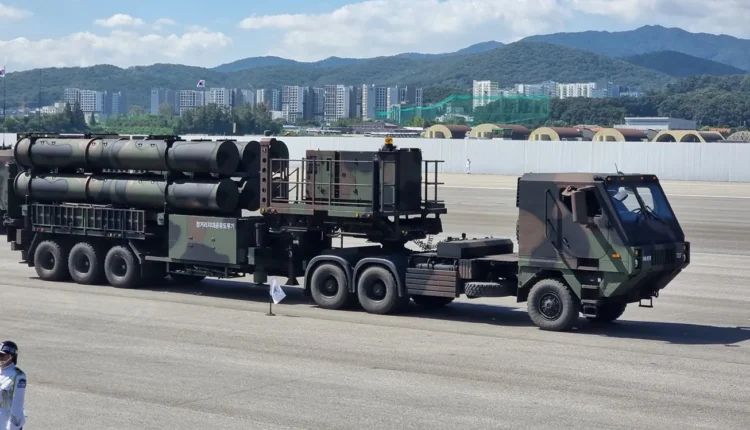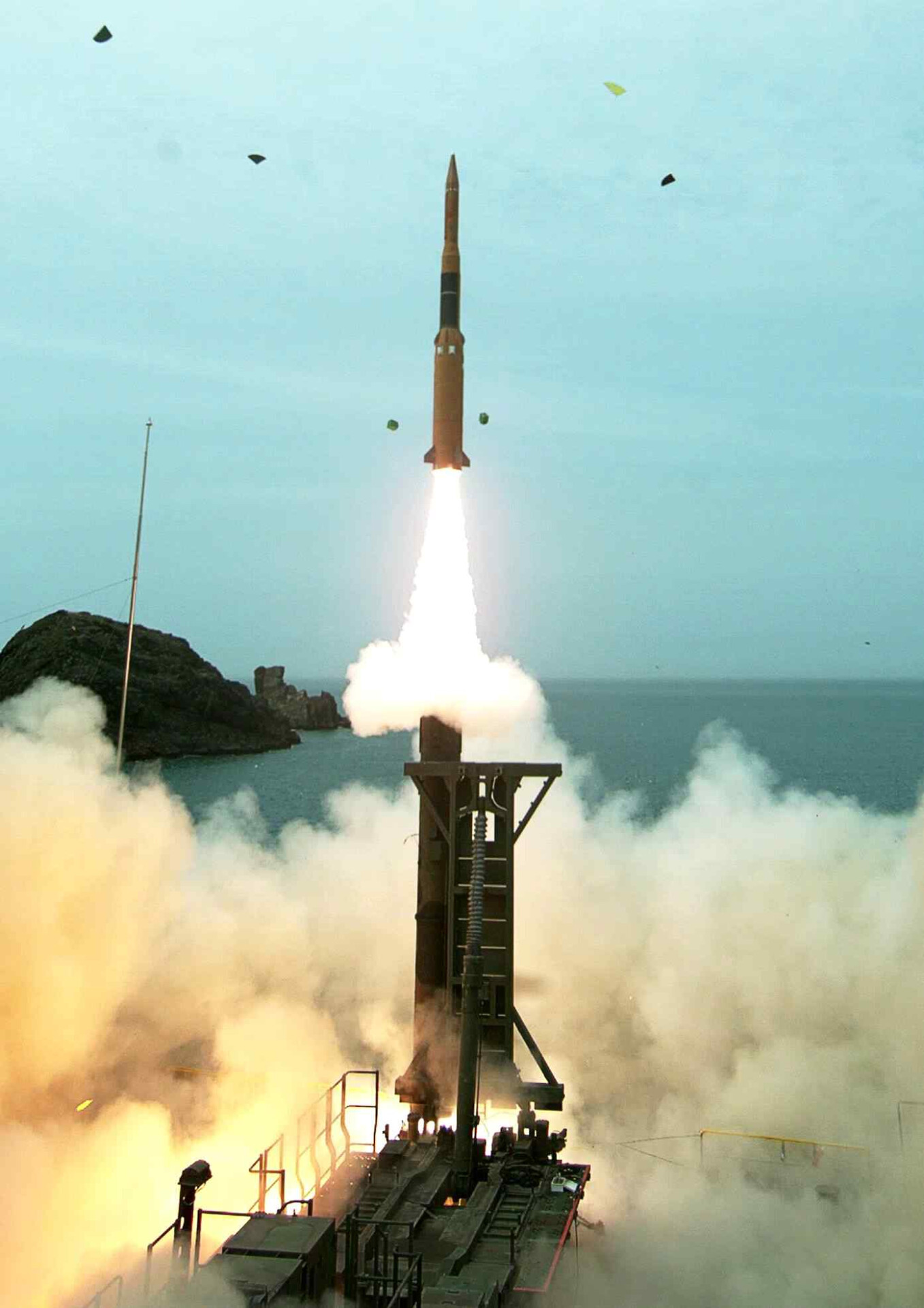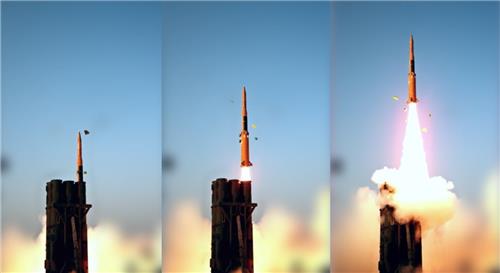South Korea Completes Development of Long-Range Air Defense System “L-SAM”
According to the South Korean Ministry of Defense, the L-SAM system developed by Agency for Defense Development (ADD) is designed to neutralize aerial targets at altitudes exceeding 40 km.

(DEFENCE SECURITY ASIA) – South Korea has reportedly completed the development of a long-range air defense system, the Long-range Surface-to-Air Missile (L-SAM), which will enhance the country’s ability to counter North Korea’s ballistic missile and nuclear threats.
According to the South Korean Ministry of Defense, the L-SAM system developed by Agency for Defense Development (ADD) is designed to neutralize aerial targets at altitudes exceeding 40 km.
While the ministry has not disclosed the exact operational altitude of the missile, it is believed to be capable of intercepting targets at heights ranging between 50 km and 60 km above the Earth’s surface.
The L-SAM will operate alongside other components of South Korea’s multi-layered defense system, including the Patriot Advanced Capability (PAC-3) and M-SAM II, which are optimized for intercepting lower-altitude threats.
For targets at altitudes beyond L-SAM’s capabilities, South Korea relies on the Terminal High Altitude Area Defense (THAAD) system, which can intercept targets between 40 km and 150 km in altitude.
In a congratulatory message on the successful development of the L-SAM, South Korean President Yoon Suk Yeol hailed the achievement as a historic milestone in responding to North Korea’s missile and nuclear threats.

BRIEF:
South Korea has successfully developed the L-SAM, a long-range air defense system capable of intercepting targets at altitudes above 40 km. The system enhances South Korea’s multi-layered defense network against North Korea’s missile threats and will operate alongside PAC-3, M-SAM II, and THAAD. Serial production begins next year, with deployment expected mid-decade, while work on an advanced variant, L-SAM Block II, is underway. South Korea also plans to export the L-SAM, targeting Middle Eastern markets where its KM-SAM II is already popular.
Defense Minister Kim Yong-Hyun also issued a stern warning to Pyongyang against any provocations.
With the completion of the L-SAM development phase, South Korean authorities plan to commence serial production next year, with operational deployment expected by mid-decade.
Once fully operational, the L-SAM will become the backbone of the Korea Air and Missile Defense (KAMD) framework.
Additionally, South Korean defense experts are reportedly working on a more advanced variant, L-SAM Block II, which is expected to intercept higher-altitude targets, including ballistic missiles, surpassing the 40 km range of the current system.
South Korea also aims to export the L-SAM system, targeting international markets, particularly in the Middle East, where its KM-SAM II, popularly known as the “Korea Patriot,” has already gained traction.

Countries such as Iraq, Saudi Arabia, and the United Arab Emirates have selected the KM-SAM II for their defense needs.
A Ministry of Defense official noted that the L-SAM provides South Korea with a critical capability to intercept North Korean ballistic missiles at higher altitudes than the country’s existing air defense systems. – DSA


Comments are closed.